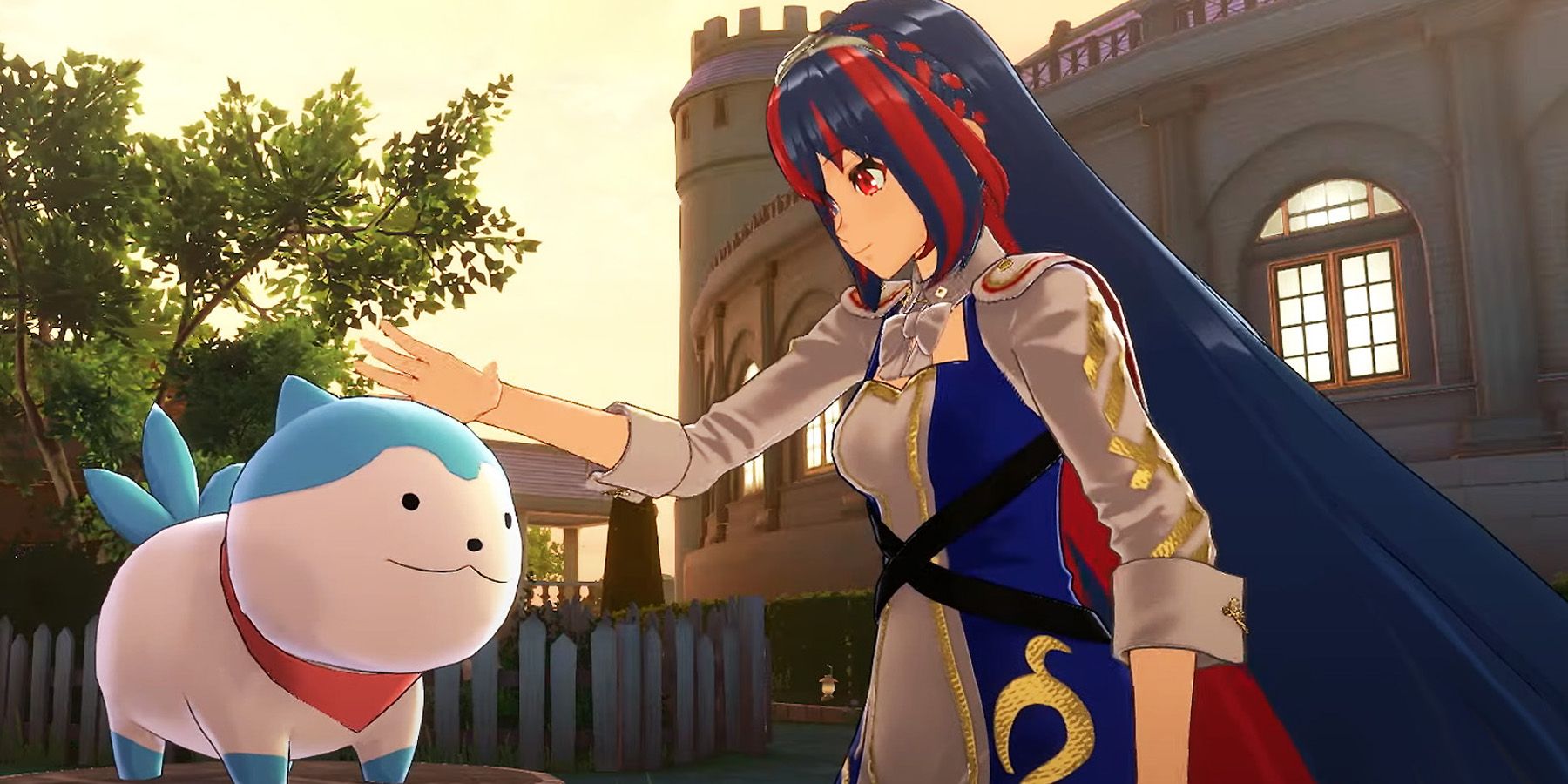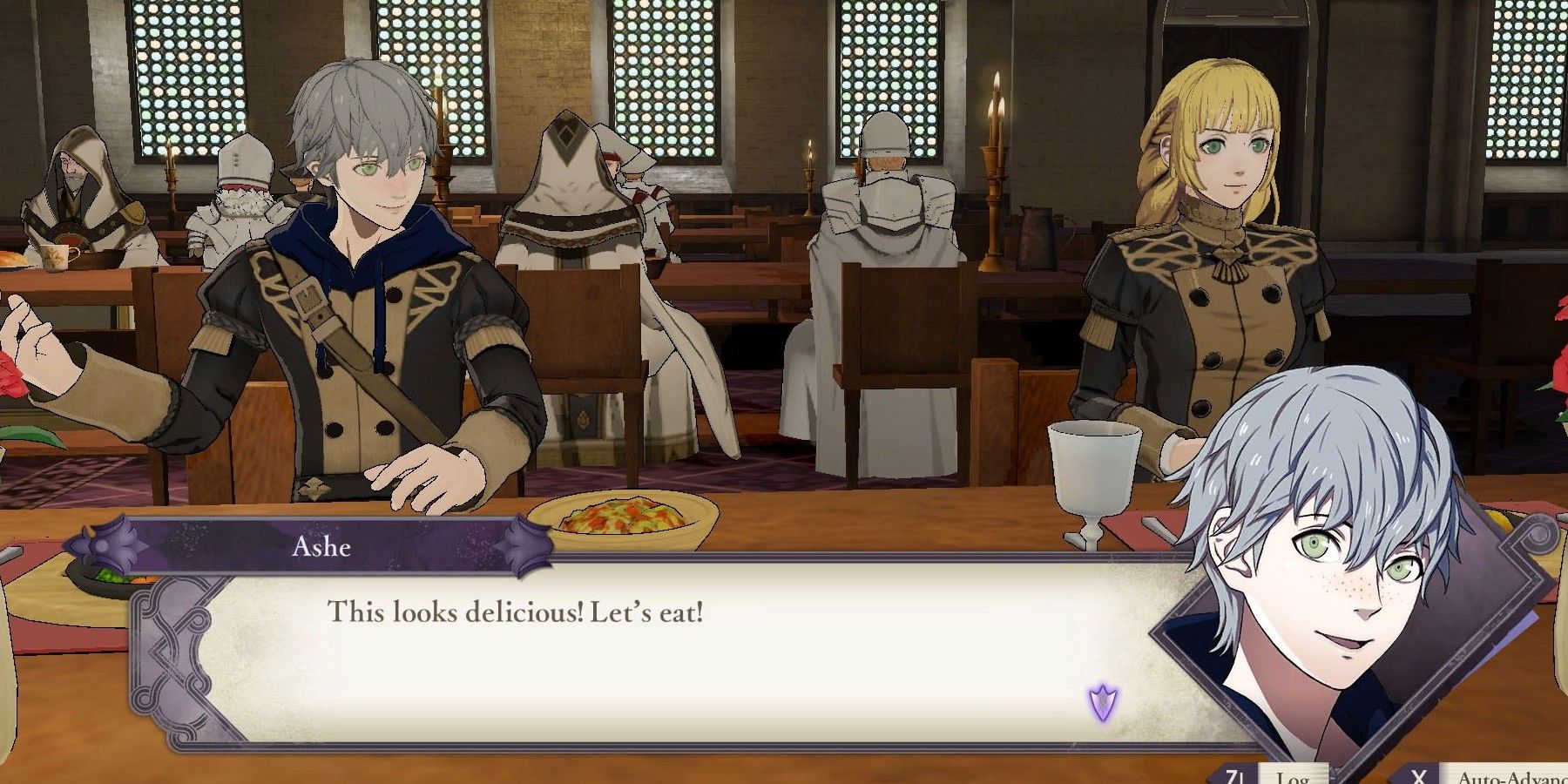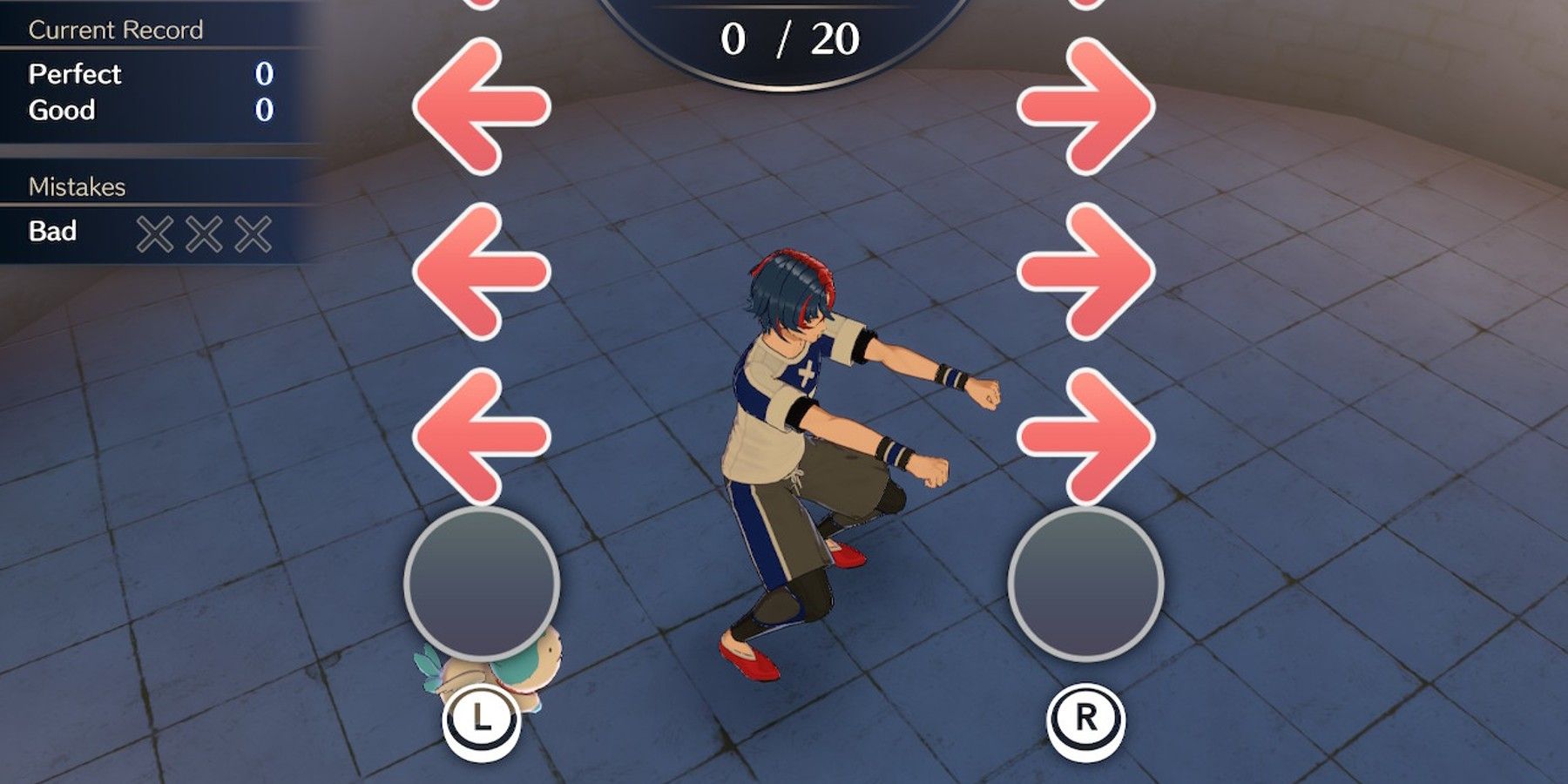Fire Emblem Engage returns to the series' classic structure of linear story progression via map traversal after the time-management structure of Fire Emblem: Three Houses. While this previous entry in the series featured a variety of social activities and weekly lessons, Fire Emblem Engage trimmed down these features in favor of a greater focus on the tactical elements of battle. Instead, this latest entry includes the Somniel as a home base for players to attend to their units through optional activities and mini-games. However, despite their optional status, these elements often detract from the pace of the story.
Some of the activities in the Somniel are more beneficial than others, like inheriting Emblem Skills at the Ring Chamber or Training at the Arena. Others have much less useful benefits and exist more as mini-games than anything. Doing Strength Training in the Training Yard temporarily boosts the Divine Dragon's stats, but can be a lot of work for little gain. The same can be said about Wyvern Riding, as it can be a fun on-rails shooter mini-game, but doesn't reward players with anything particularly useful. Although a variety of these activities can be helpful for increasing support levels between units, they still feel unnecessary and tend to distract from the main story.
Optional Activities Made More Sense in Fire Emblem: Three Houses
The narrative structure of Fire Emblem: Three Houses had far more room for optional social activities than Fire Emblem Engage. The former's monthly mission structure kept the story's pace consistent for the most part, which allowed time for these activities to come naturally in the context of the story. Having missions take place at the end of the month on a regular basis made sense, given that the game was set in an academy where weekly instruction and interacting with students was a core part of the game's loop.
Despite this more sensible balance between story missions and social activities, one of the worst parts of Fire Emblem: Three Houses was trudging through the same repetitive tasks throughout multiple playthroughs. Initially, these mechanics felt fresh for the series, but since the game encourages repeated playthroughs for each house, they can start to feel like a slog. Take away the natural in-universe justification for the existence for these activities, and they start to feel even more repetitive and unnecessary in Fire Emblem Engage.
Somniel Side Content Distracts from Fire Emblem Engage's Narrative
With a return to the classic style of gameplay in Fire Emblem Engage, it seemed like the game's social elements and side activities would take a backseat to its tactical gameplay. However, there are still a lot of side activities available in the Somniel, and the lack of Fire Emblem: Three Houses' calendar structure makes these tasks feel even more obsolete and like a distraction from the game's story. Returning to the Somniel for some sit-ups and a meal while the Fell Dragon's minions are invading Firene makes for an awkward in-universe narrative, which units will often comment on when talking to them in the base between pivotal chapters.
The fact that the game bars players from returning to the Somniel between the crucial events of Fire Emblem Engage's Chapter 10 and Chapter 11 shows that the game is aware of how immersion-breaking the home base can be, yet inconsistently enforces when it can and can't be accessed during the story. Other times it feels necessary to return there in order to train up units for a difficult chapter or try to maximize support levels. This inconsistent usage makes it feel like the Somniel and its activities were an afterthought in the game's design, rather than an important component of its identity.
Fire Emblem Engage is available now for Nintendo Switch.



